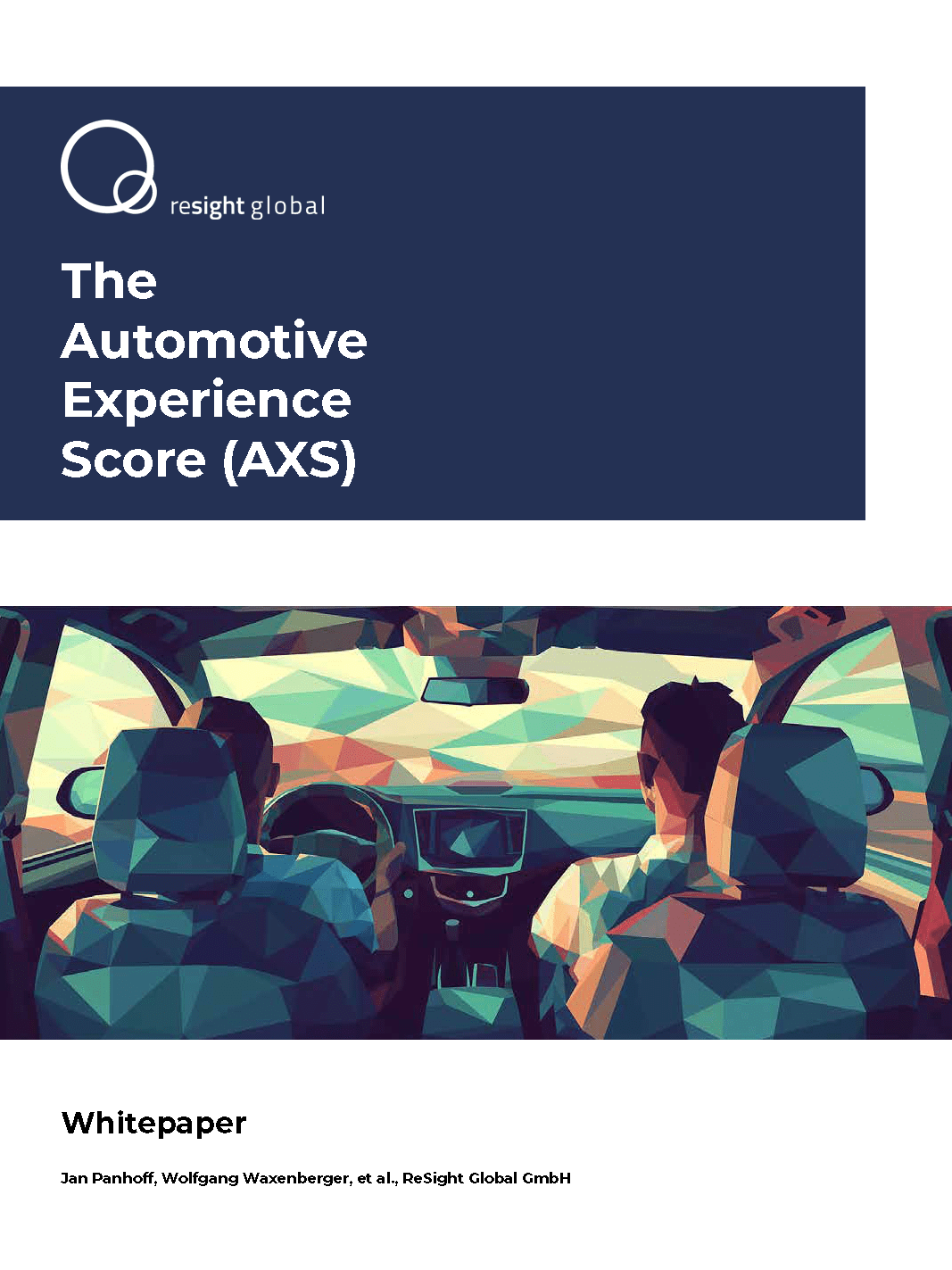Post by Mary McInnis, Senior UX Researcher
You once had a car; now, you have a mobile “multi-purpose room.” The availability of features in your car and how you interact with everything inside are changing rapidly. You rely on car manufacturers to keep up with new activities you can accomplish in your car and to deliver an integrated user experience that simplifies your tasks within the vehicle.
Augmented reality dashboards and AI-supported features like autonomous driving and driver assist offer great opportunities. However, their rapid emergence also leads to unanticipated user pain points. This evolution means that the opportunities for user delight are vastly underdeveloped.
New user needs and integration challenges complicate the decision-making process of what features to offer users and how to deliver them. Companies must identify users’ most critical needs to maintain user satisfaction while keeping pace with new technology. This process requires ensuring that the highest-priority features are compatible with all existing elements important to users. Adopting a parallel path approach, where user research precedes product development by one cycle, has become more essential than ever.
The engineer’s dilemma
Car manufacturers often fail to prioritize feature optimization, which is understandable. In my automotive engineering career, approaching design freezes dictated the extent of effort my team could allocate to optimizing features before launch. Now, with the rapid pace of change in the automotive landscape, product and feature launches can face poor user reception or outright rejection.
Utilizing dual tracks in the development cycle—a “discovery” track for strategic research and a “delivery” track for tactical engineering—allows the dialing in of the UX for these mobile “multi-purpose rooms” before their launch. When I was working for an automotive manufacturer, I would have welcomed a dual track for conducting UX research while I addressed the engineering feasibility and quality requirements. Product launches could have shifted from just delivering a safe, functional product to providing clear and specific user value—if I had data on what users valued. Now, as a UX researcher in a consultancy, I assist engineers, product managers, and UX researchers who are under pressure to deliver user value.
Streamlining the process with UX research
In my former design role at an automotive company, I encountered numerous challenges as we rapidly integrated new automotive technologies into an existing framework. However, as a human factors specialist, I have observed UX research’s pivotal role in focusing on what and how features are presented to users—concentrating development efforts solely on user needs. Questions like those below, from a design stakeholder’s viewpoint, can lay the groundwork for a human factors research plan.
Minimize build complexity
- Where is the Goldilocks zone? For what purposes do users want their car systems to serve?
- What feature tradeoffs are users willing to make?
- Where are the risks of cognitive overload?
- How much are users willing to compromise on privacy for technology that caters to their specific needs?
- Is there any information users aren’t comfortable sharing?
Maximize systems integration
- How do we provide a unified system for users made up of the most necessary multi-purpose technologies in the existing “room”?
Optimize documentation and consumer guidance
- How do we ensure users can learn how to use the multiple purposes of their new “room”?
A solid UX research plan distinguishes necessary user tasks from the plethora of technical options now possible in cars.
This approach ensures a focused and clear direction for the successful launch of new automotive products. I’d be delighted to talk if you want to discuss how this works from an engineer-to-engineer perspective!
NEW AXS whitepaper
Our global team is leading the future of designing next-gen auto experiences through data-driven decision-making. Our Automotive Experience Score (AXS) offers a comprehensive, on-demand solution to support confident design decisions and elevate your vehicle’s user experience.
Learn more about the robust methodology by downloading our free whitepaper, detailing the validated method used to produce the AXS.
Have questions about automotive studies? Reach out! We’d love to hear from you.

